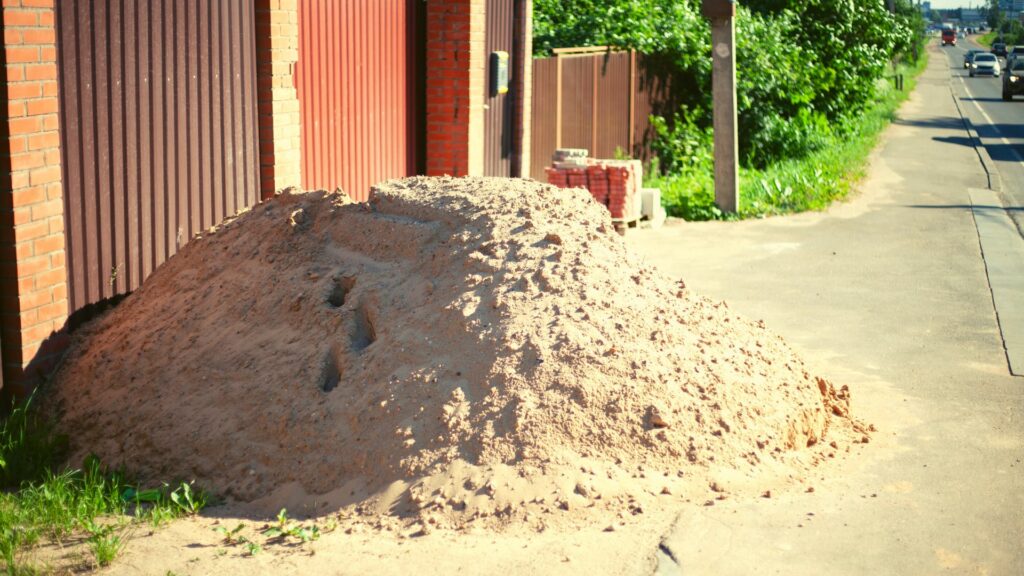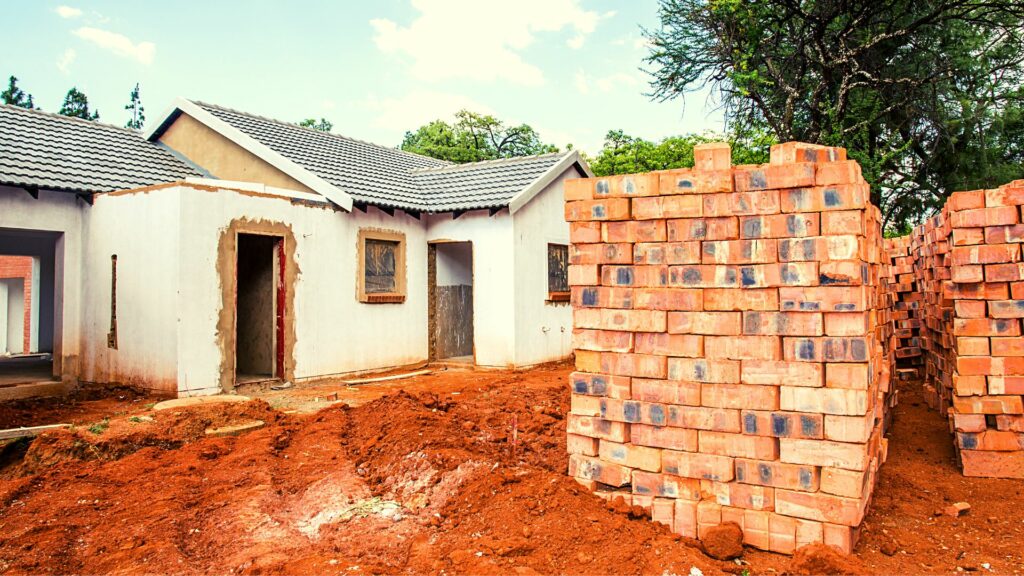While there is increased demand in the construction industry, the US economy will likely slow down in the coming year. You might want to consider how the current price of building materials will affect your next project.
A building materials price list is required before any construction project commences. All construction projects, whether commercial, industrial, or residential, use construction, finishing, protective, and decorative materials. The costs of building materials directly affect the cost of a project.
In the recent past, the construction industry has been experiencing materials shortages. Timber and plaster shortages have caused significant supply chain issues in residential construction projects.
Prices of building materials have increased by at least 10% between March and June 2022. The construction industry recorded the lowest monthly output in the past two years in May 2022.
However, the high demands registered at the start of 2022 are gradually easing. There is an increased supply of HGV drivers, and construction materials are moving freely.
Table of Contents
Popular building materials
Various types, grades, sizes, and brands of building materials are available to meet different construction needs. The most popular building materials are concrete, cement, sand, gravel, and timber.
It is important to select building materials based on functionality and quality to ensure durability and safety. Read on to find out how much different construction materials cost.
Concrete
Concrete is widely used because it is convenient and easy to use. Ready-mix concrete is manufactured and delivered at the site, ready for use. Besides, the quality of ready-mix concrete is guaranteed because it is manufactured at a central plant.
Concrete is categorized into M-20, M-25, M-30, M-35, etc., depending on the requirement and use. Prices range from $104 to $144 per cubic yard, depending on the grade of concrete.
Factors affecting the cost of concrete include concrete type, delivery distance, delivery date, and pre-mixed bags.
Cement
Cement is a popular construction material because it is the most important ingredient of concrete. Cement is mixed with water and other aggregates to form a paste that dries to form concrete.
Cement is one of the most expensive construction materials. It is available in different grades, ranging from $6 to $17.9 per 94lb bag. The price may fluctuate depending on the type of cement used in the project.
Sand
Sand consists of small loose particles of shells, rocks, and corals. It is typically extracted from river beds and cleaned. Sand is used in strengthening building materials such as concrete and asphalt. The approximate price of sand is $5 to $30 per ton.
Screened sand is costlier and ranges between $15 to $20 per cubic yard. A 50 lb bag of all-purpose sand retails between $3 to $5 per bag, whereas commercial sand costs between $7 to $9 a bag.

Gravel
Gravel costs approximately between $0.4 to $2 per cubic foot. Gravel is made by crushing rocks into coarse aggregates of 6mm to 60 mm in thickness. Smaller pieces from 6mm to 29 mm are used to mix concrete, while larger pieces of 40mm are ideal for constructing railroads.
The costs depend on project type, gravel, and delivery costs.
Timber
Timber prices dropped by 12% at the beginning of June 2022, hitting a new low of $604.50 per thousand feet board. There appears to be an increase in timber supply, and timber suppliers are slashing prices to help clear inventory.
Timber prices had hit a high of $1733 per thousand board feet in 2021 and are now 65% lower. The decline in timber prices is expected to ease the pressure of inflation in the construction industry.
Steel
The national average for steel prices is approximately $1.190 per metric ton. While this price is 9.1% lower than the prices registered in May, steel is still 105.6% more expensive than it was in January 2021. The current price is almost double the price in 2019 ($603.52).
Increase in price of building materials
The Bureau of Labor Statistics indicates that the prices of building materials have been increasing steadily since early 2020. There is a notable increase of 40.4% in prices from January 2020. Building materials now cost approximately 33% more than before March 2021, with a steady 19.4% year-on-year increase.
Concrete, one of the most popular building materials, now costs 9% more than it did in January 2021. However, the current prices are 0.6% lower than in the first half of 2021.
The price of timber has also increased over the last couple of years, with a 37.5% increase in the first quarter of 2022. Prices have almost doubled in the past year.
The cost of building materials has increased due to inflation and rising energy costs. This has affected fuel, energy, and building material costs. Even though demand for building materials is becoming stable, the price of inflation remains a major cause for concern across the industry.
Energy bills have increased by at least 50%, exerting pressure on construction businesses that rely on energy to deliver goods and services. The hardest hit materials are steel, cement, and concrete.
Disruptions in construction supply chains caused significant price hikes. These supply challenges have affected materials, including bricks and blocks, steel, paint and coatings, electrical products, cement, and timber.
The biggest problems facing steel production are high production costs and price volatility. Timber (especially OSB, pallets, and birch plywood) is also short in supply due to various economic factors.
Summary
The price of building materials is a key consideration for anyone investing in a construction project. Building materials contribute directly to the completion of a project, and you want to ensure your budget is enough to cover what you need. Overall, construction materials prices have surged 40.4% since January 2020.The price of building materials has risen over the past two years thanks to significant global issues. The 2020-2022 period saw increased demand for construction labor and materials as people spent more time at home. Similarly, inflation and rising energy costs have increased materials prices.

